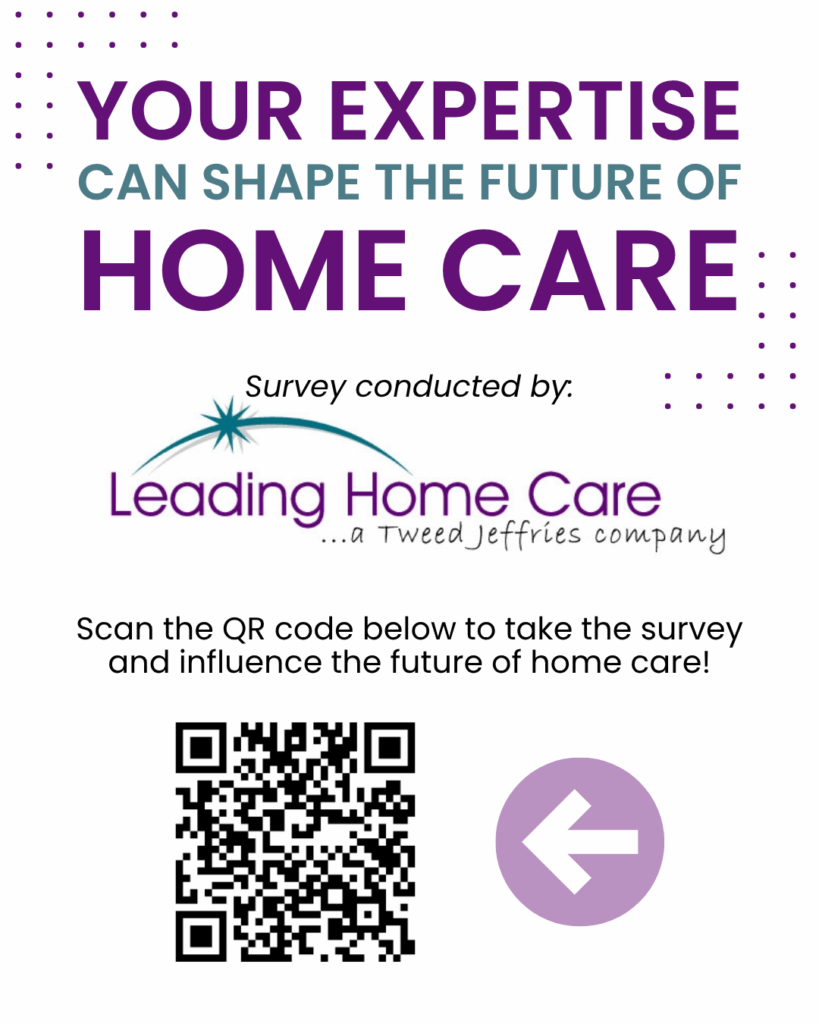The number one way to separate your home care company from your competitors for the third consecutive year according to the 2015 Private Duty Benchmarking Study from Home Care Pulse is “Caregiver Quality”. However, it’s difficult to demonstrate caregiver quality if you have nurses or other caregivers who bring a mean streak to the job. Here’s a very interesting article by our friend and colleague, Elizabeth Hogue, about research into the subculture of nurses in some organizations.
Mean Streak: Nurses Who Eat Their Young
By Elizabeth Hogue
In her book, entitled The Nurses: A Year of Secrets, Drama and Miracles with the Heroes of the Hospital, Alexandra Robbins describes a subculture among nurses. Robbins states that this subculture includes hazing, bullying and sabotage. This subculture is also characterized by behaviors such as withholding crucial information or help, spreading rumors, name-calling, playing favorites and intimidation. Robbins concludes that the phrase, “nurses eat their young,” coined in 1986 by nursing professor Judith Meissner, may be appropriate.
According to Robbins, who cites a 2011 Research in Nursing and Health survey, the most common bullying methods include:
- Nonverbal innuendos, such as raising eyebrows and face-making
- Verbal affronts, such as snide remarks, lack of openness or abrupt responses
- Undermining activities, such as turning away or unavailability
- Sabotage, such as deliberately setting up a negative situation
Robbins suggests that this subculture developed because nurses are a “beleaguered” population due to a history of powerlessness and submissiveness to physicians, administrators and their own supervisors. Because nurses may fear losing their jobs if they direct their concerns to superiors, they direct their negative feelings to each another instead.
Nurses who work for various types of home care providers, such as Medicare-certified home health agencies, hospices, private duty agencies and HME companies may be less likely to engage in these behaviors because they do not always work in close proximity to each other. Old habits may, however, die hard despite changes in working conditions.
Home care providers, like institutional providers, must develop, implement and enforce a zero tolerance policy for bullying by nurses. Such a policy is appropriate because, most importantly, such behaviors may result in harm to patients. Lack of communication and teamwork clearly threaten quality of care. A policy of zero tolerance for bullying is also appropriate because bullying may increase turnover among nursing staff members. Home care providers depend on nurses to provide care to patients. It is an unacceptable result when nurses leave their positions because of bullying. Bullying is also contrary to the basic civility and respect that we owe to all human beings.
Perhaps a good place to start is to educate nursing staff about what constitutes bullying. Bullying behaviors may be so common that nurses just accept them as part of the “landscape.” Drawing nurses’ attention to these types of behaviors may be a crucial first step to address them. In addition, nurses who engage in the types of behaviors described above should be counseled regarding these unacceptable behaviors and, if necessary, their employment should be terminated.
The conduct described above is longstanding in the nursing profession. Now is the time to “call out” nurses who bully other nurses for the sake of patients and an honorable profession.
©2015 Elizabeth E. Hogue, Esq. All rights reserved. Reprinted with Permission



